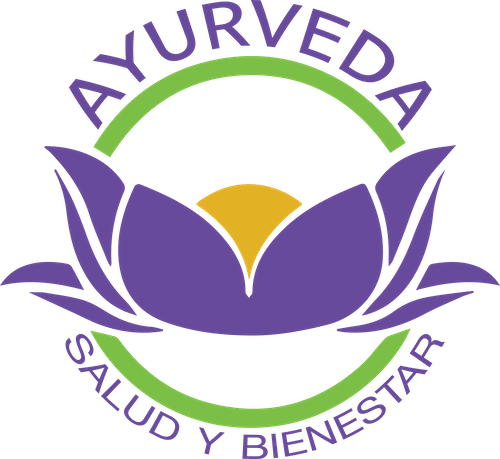Stiff neck
Did you know that torticollis is one of the most common ailments both in the administrative, sports work environment or at the time of rest?
Torticollis is defined as the involuntary contraction of the neck (or cervical) muscles, which can be due to improper posture or movements, which makes the neck bent or tilted towards the shoulder and it is painful to move it.
Among the most common types we find:
• Anterocollis: the head and neck lean forward.
• Laterocollis: the head is tilted towards one shoulder.
• Retrocollis: the head and neck extend backwards.
Torticollis secondary to poor posture when sleeping happens when we sleep in a new or uncomfortable position, the muscles and ligaments of the neck and / or spine can change position, causing painful muscle pulls and / or ligament strains It is relatively common, and it usually resolves on its own in most cases.
Among its main causes we have:
• Hereditary: Due to changes in genes.
• If it occurs for an unknown cause, it is called idiopathic torticollis.
• Hold the phone between head and shoulder.
• Bad postures when sleeping.
• It can appear at birth (Torticollis congenita): it is a postural abnormality that the newborn's head acquires due to the muscular shortening of the neck.
• Traumas.
The most relevant signs and symptoms are:
• Cervical pain
• Local muscle stiffness.
• Limited range of motion
• Swelling of the neck muscles
• Shaking of the head.
• Shoulder higher on one side of the body.
The diagnosis is usually very simple, the medical history and the physical examination are sufficient. The affected person is usually able to identify the cause of torticollis (sudden movement, poor posture when sleeping, etc.). At the time of the physical examination, pain, stiffness, and especially swelling on the affected side are found.
Treatment will depend on the cause:
If it is caused by muscle or nerve root problems, treatment can be directed to medicinal products such as anti-inflammatory, analgesic, muscle relaxants.
Neck mobilization exercises that can help relieve pain as well as the application of hot compresses with mango, avocado leaves, etc.
Alternative therapies such as acupuncture, moxibustion, cupping, electrostimulation, Ayurvedic massages, shiatsu accompanied by phytotherapeutic treatment (treatment with medicinal plants) are proven to reduce by a large percentage the pain, stiffness and swelling caused by this condition quickly and effectively , as long as you go periodically being disciplined with the treatment.
In Ayurveda there are several massage techniques (Shiro Pichu, Body Massage, Shiro Abhyanga) that help to reduce partial or total pain and inflammation of the cervical area, these contribute to strengthen the muscles of the area, promote greater blood irrigation and therefore to perceive improvement in the affected area reducing pain and improving range of motion.


